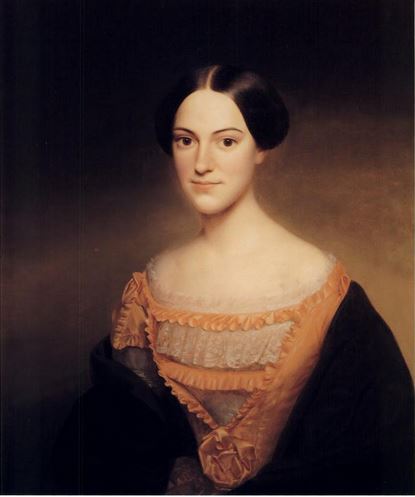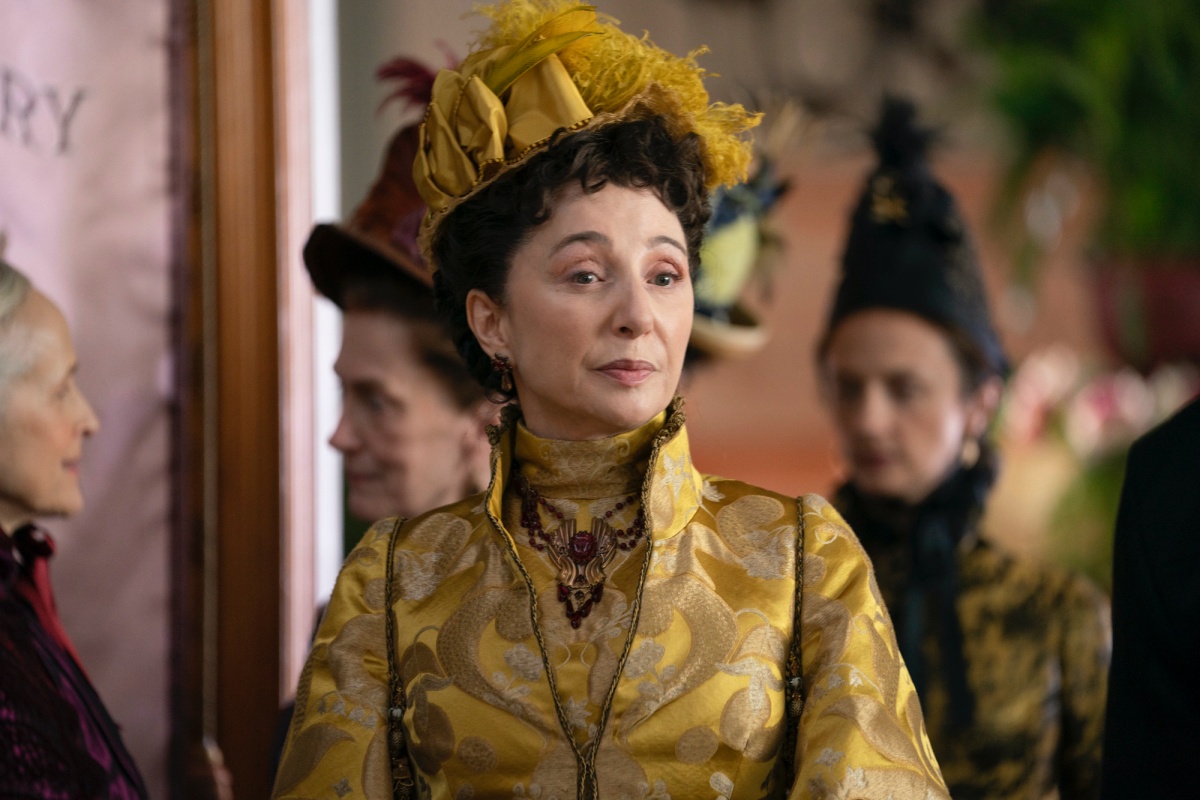From The Gilded Age To Today: Who Were The Astors?
We’ve all heard the name Astor, but who were they?
If you’ve been watching The Gilded Age like the rest of us on HBOMax, you’ve probably heard some recognizable names throughout this 1880s New York drama. From the Vanderbilts to the Roosevelts, the show touches upon the most famous families of the era, including our favorite, the Astors. Since an entire section of our neighborhood is named after them, we thought it was only right to talk about the namesake of Astor Place.
Who Were The Astors?
Although the Astors seem larger than life on The Gilded Age, they were real people with a very real fortune. The first Astor of note was Jacob Astor, who began as a dairy salesman in Germany before immigrating to New York in the 1780s. He quickly began to build his fortune through the fur trade and was worth $8.9 million in today’s currency by 1800.
Eventually John left the fur trade and moved into real estate, buying up dozens of acres around New York, including the area where Times Square is now located. When he died, his son William continued his legacy by building up their real estate empire and turning into a philanthropist. The Astor Library, where The Public Theatre is now based, was originally built by William as a contribution to the neighborhood. Philanthropy was a trend among the Astors for years, with William’s brother John and his wife Charlotte also founding the Children’s Aid Society during this time.
William went on to marry Caroline Schermerhorn Astor, who is featured heavily in The Gilded Age as the head of New York’s social scene. Mrs.Astor decided who was worth people’s attention and who wasn’t, and often shunned people that she deemed to have come from ‘old’ money. To those that she decided were acceptable, they were given a calling card that gained them access to her infamous balls and parties. If you were not accepted by Mrs.Astor, you were simply not a part of New York’s social scene during the Gilded Age. (Sources: Business Insider, Vogue).

Portrait of Caroline Schermerhorn Astor, painted in 1860.
What Do They Have To Do With Astor Place?
Besides getting the plaza named after them, Jacob Astor purchased what is now Astor Place, and most of Lafayette Street, back in 1803. The family continued to own the area for years, adding to the neighborhood several landmarks including an opera house where the Astor Place Starbucks is currently located. For many years the Astors lived in this area alongside the Vanderbilts and other wealthy families before the elite moved uptown to Murray Hill in the late 1800s. When Jacob died in 1848, the area became named after him and continues to carry his family’s name today. (Sources: NY Times, The Encyclopedia of New York City).

Drawing of the Astor Opera House in 1850
How Accurate Is Their Portrayal on The Gilded Age?
The Astors are portrayed fairly accurately in The Gilded Age. Due to Mrs. Astor’s unrelenting control of New York society, her disapproval of the Russells (a new wealth family and main characters of the show) would be perfectly in character. While the show does fail to recognize the drama that would have surrounded the Astors at the time, including a major family rift, overall it gives us an accurate portrayal of the family that started Astor Place.
